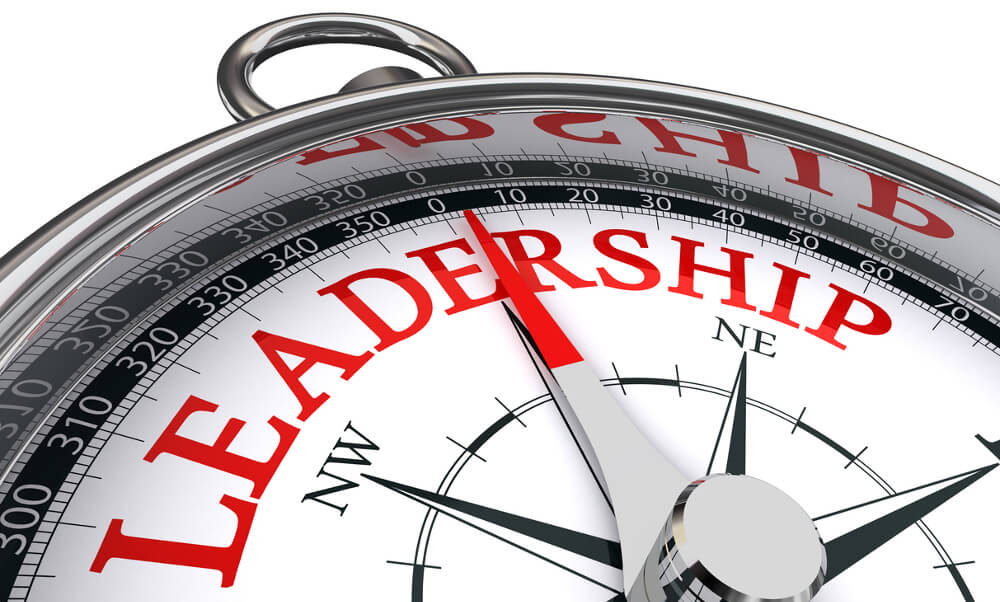Over the last four months, I have traveled throughout Ethiopia, India, Turkey and the United States and have heard a common theme. People worldwide are increasingly concerned that we lack the leadership to address the social, economic, political, and environmental challenges we face.
Why is this so hard? And what role can educational institutions play?
In its essence, leadership is about putting theory into practice — figuring out what needs to be done, learning how to do it, but then finding the motivation to take meaningful action.
We need politicians who can align people with vastly different ideologies to work together to solve common challenges. We need citizens who can transcend differences within communities to align people to work together for the public good. We need people who can maneuver the large institutions that shape our lives.
As an educator, I think about the obligation to help rising generations acquire a few key attributes that are in short supply. Three of these are at the top of my mind these days.
First, we need people with stellar cross-cultural skills. The communities and organizations that shape our lives are more diverse. Likewise, the challenges and opportunities in front of us require action at the local level that can be linked regionally, nationally, and globally. The future will not only be shaped by how well we transcend differences, but how well we synthesize differences into new ways of thinking and acting.
Second, we need people who can practice insight. In a wonderful book, The Watchman’s Rattle, Rebecca Costa traces the decline of civilizations to their inability to tackle known problems. She traces the problem to the human mind’s struggles to keep up with the increasing complexity of maturing societies.
The key missing attribute is insight. Insight is what allows us to see through complexity and chaos to find simple and elegant solutions. Fundamentally, it is about making connections that previously eluded us between seemingly disparate thoughts, in ways that allow us to find clever, simple and practical solutions to problems that seemed intractable.
Third, we need to nurture patience and perseverance. Most things that matter take time. This will become truer over time, as the organizations that shape our lives and the problems we face grow in size. Change happens when a group of people stick with an idea over a sustained period, working through early setbacks to eventually succeed.
Modern society does not foster these traits. Educational institutions can be a countervailing force when they create spaces for young people to work together over sustained periods to identify problems and engage in problem solving that encourages them to ask new questions, draw connections, and find new ways to address old problems.
Here are three places we can build on existing movements within education to make progress without falling into the fallacy of panaceas that are never going to happen:
Encourage active learning. Great classrooms are dynamic, active, and challenging. The movement towards active pedagogues is exciting. Concepts like community-based learning, student research, international education, and collaborative learning can enhance the impact of our educational institutions. The work being done globally on active learning has ushered in a range of new techniques and pedagogical devices. We need classrooms and educational institutions that support this approach to teaching and learning.
Use technology to free teachers to be mentors and coaches. Learning is about great teachers. Too much of the conversation about technology assumes we can replace teachers with computers and projectors. That is silly. However, technology can be used to free teachers from the mundane aspects of it, to engage students more often and in deeper ways. For example: technology can free teachers from some content delivery so they spend less time standing in front of students and more time engaged with them.
Third, connect how we live with our ability to learn. The work of neuroscientists is raising stunning questions about what we eat, how we medicate, the way we organize our days, and the capacity of the brain to learn.
Clearly, much needs to be done to improve the educational institutions that exist in most parts of the world. We should start by recognizing the opportunities that immediately lie in front of us. Using these three principles, we could quickly make a significant difference in the capacity of a rising generation to practice the kinds of leadership that the world needs.
